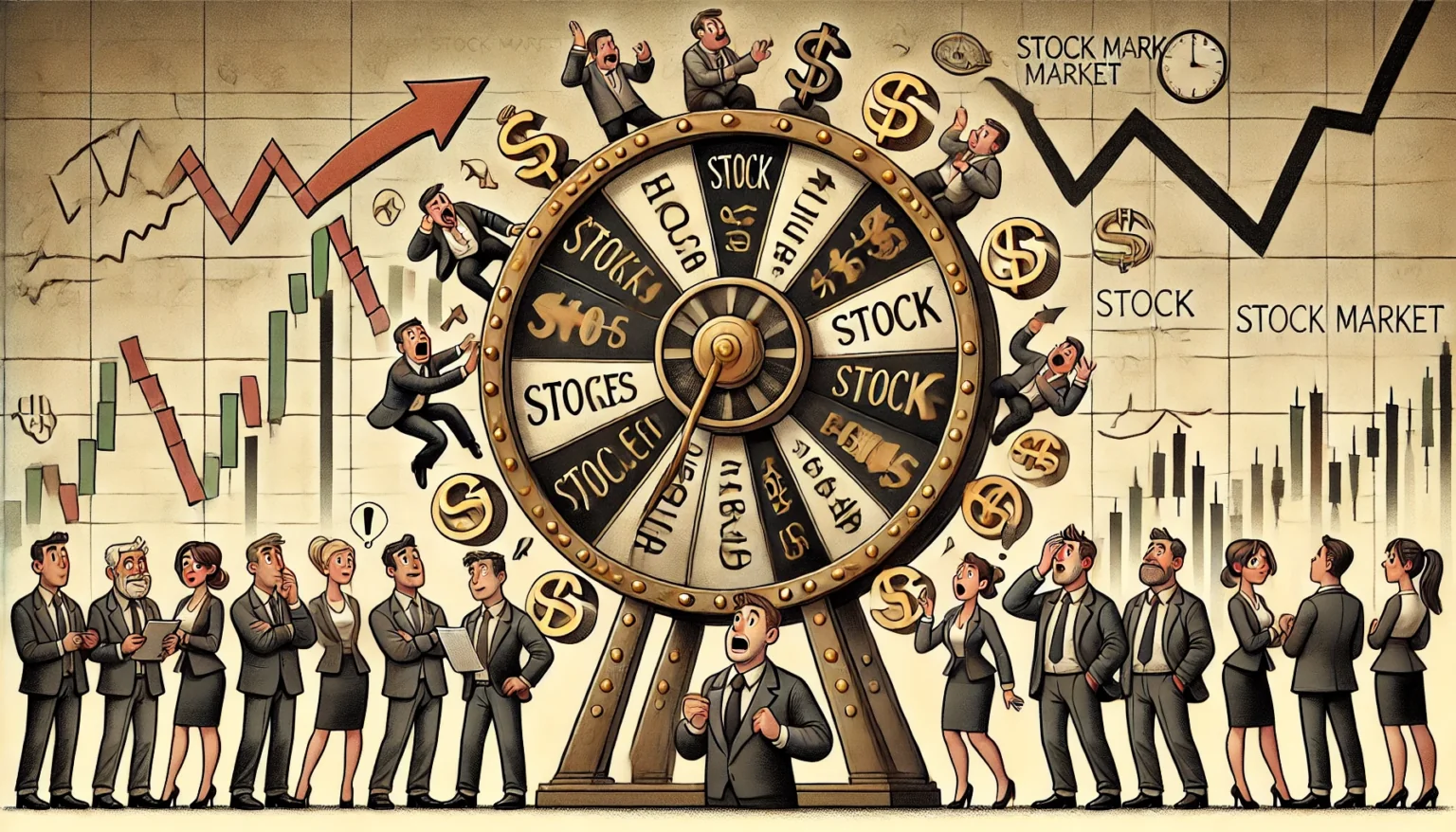The US stock market, represented by the S&P 500 Index, has been a hallmark of innovation, resilience, and growth over the decades. Analyzing its historical performance reveals key lessons and opportunities, not just for American investors but for global participants, including Indian investors.

The Resilience of the S&P 500
The S&P 500 has shown remarkable resilience, even during prolonged periods of consolidation. For instance:
From 2000 to 2013, the index oscillated between 800 and 1600, failing to make new highs for 13 years. This period included the Dotcom crash (2000-2003) and the Global Financial Crisis (2008).
Post-2013, the index broke out of its long consolidation, delivering a nearly 4x return in dollar terms in the subsequent decade, despite challenges like the COVID-19 crash.
This demonstrates the long-term growth potential of the US market, driven by economic recovery, corporate innovation, and global capital inflows.

Lessons from Market Cycles
Major Falls Are Rare but Impactful:
Significant corrections in the US market have been spaced out, occurring approximately every 20-25 years. Examples include the 1973-74 crash, the 2000-03 Dotcom bust, and the 2008 financial crisis.These events, though severe, were followed by strong recoveries, underscoring the market’s ability to bounce back and achieve new highs over time.
Periods of Sustained Growth:
The US market has experienced extended periods of growth with minimal declines. For example, from 1980 to 1999, the S&P 500 consistently reached new highs. Similarly, from 2013 onwards, the market has seen strong upward momentum, with numerous all-time highs recorded every year except 2023.
The Power of Innovation in the US Market
A defining feature of the US market is its continuous reinvention. Market leadership has evolved over the decades:
In the 1980s and 1990s, dominant companies were in sectors like manufacturing and traditional technology.
Today, AI-driven companies, tech giants, and cutting-edge manufacturers lead the charge, showcasing the market’s ability to adapt and innovate.
This dynamic growth, fueled by technological advancements, global leadership in R&D, and entrepreneurship, makes the US market a hub for wealth creation.
Comparing US and Indian Markets
While the Indian market has delivered robust growth, its trajectory has been different:
2000-2013: India’s Nifty index outperformed, with a 6x return in rupee terms during a period when the S&P 500 remained stagnant.
2013-Present: The US market’s breakout has significantly outperformed in dollar terms, challenging even the impressive returns of the Indian market.
For Indian investors, this highlights the importance of diversifying portfolios to capture opportunities in both domestic and international markets.
Why Indian Investors Should Consider US Exposure
Global Innovation Hub: The US market remains unmatched in innovation, with sectors like AI, cloud computing, and biotechnology driving future growth.
Portfolio Diversification: Investing in the US provides exposure to a different economic cycle and reduces reliance on a single country’s performance.
Currency Hedge: Investments in the US market can act as a natural hedge against rupee depreciation.
WeekendInvesting launches – PortfolioMomentum Report
Momentum Score: See what percentage of your portfolio is in high vs. low momentum stocks, giving you a snapshot of its performance and health.
Weightage Skew: Discover if certain stocks are dominating your portfolio, affecting its performance and risk balance.
Why it matters
Weak momentum stocks can limit your gains, while high momentum stocks improve capital allocation, enhancing your chances of superior performance.
Disclaimers and disclosures : https://tinyurl.com/2763eyaz










